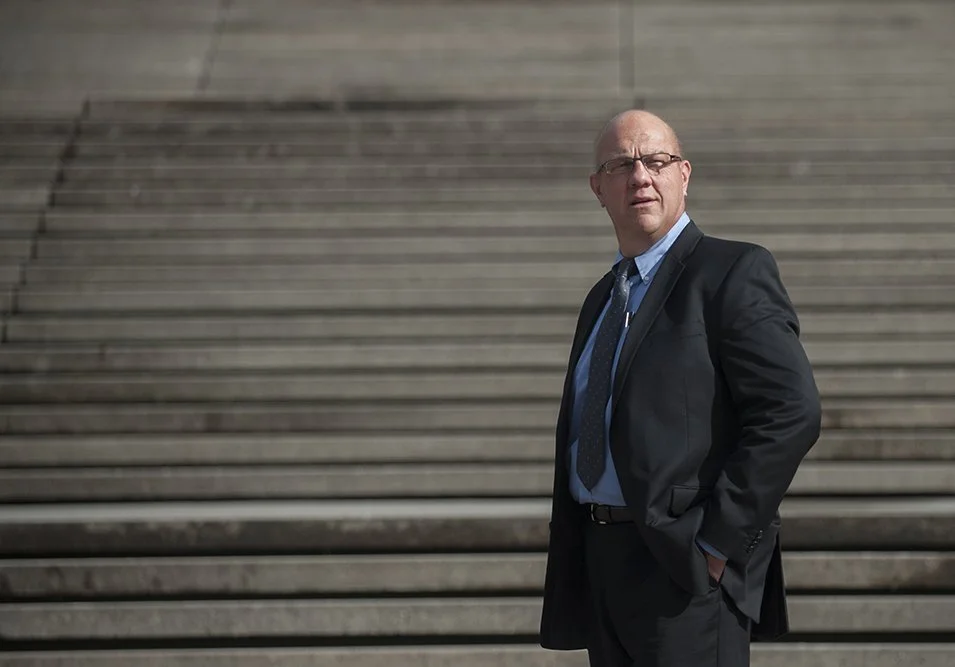Police Use of Deadly Force
What is really happening when police shoot and when police kill?
The split second it takes for a cop to squeeze a trigger is perhaps the most widely seen and least understood event of our time. Continuing research adds significantly to the understanding of what really happens regarding police use of deadly force.
Rick Parent’s Ph.D. research (2004) analyses 843 documented cases in the United States & Canada where police have discharged their firearms typically while facing a lethal threat.
Rick examined police investigations, coroner's inquests and government data. Most importantly, he interviewed prison inmates and police officers. "I focused on their perception of how the perceived lethal threat unfolded before their eyes" he says. "Secondly, I asked that, as they faced it, what course of action did they take and why?"
Included in the study's framework were psychological, physiological, physical and emotional issues relating to critical incident stress and post-shooting effects. These are traditionally avoided during police investigations and in court, and go beyond the scope of typical police and coroner reports. "These incidents are tragic and emotionally traumatic experiences for police officers. There is a real devastation that can affect the officer and his family, along with a myriad of other problems which are too often ignored. In the aftermath, police officers are frequently "victims" of the shooting process and that's vastly different from the common and casual, macho portrayal on TV and in movies."
